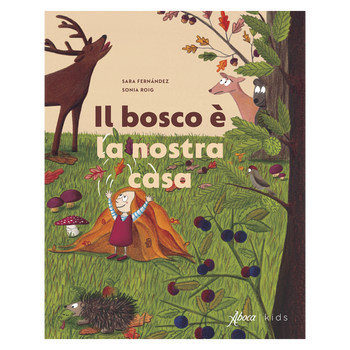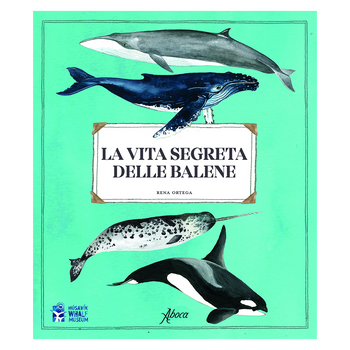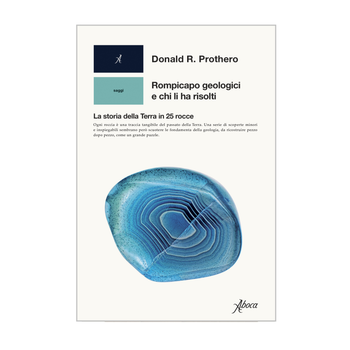You have no items in your shopping cart.
€14,00
Famiglia: Moracee. Genere: Ficus. Specie: Ficus carica. È un albero di media grandezza, con corteccia liscia, cenerina, rami un po’ tortuosi, foglie ampie, palmatolobate, scabre. È coltivato nel Mediterraneo in molte varietà
Famiglia: Moracee. Genere: Ficus. Specie: Ficus carica. È un albero di media grandezza, con corteccia liscia, cenerina, rami un po’ tortuosi, foglie ampie, palmatolobate, scabre. È coltivato nel Mediterraneo in molte varietà
Availability:
In Stock
Sku: LIBFICOBE
ISBN/EAN: 9788855230049
The cursing of the fig tree as presented in the Gospels of Mark and Matthew is, together with the killing of swine, one of those rare miracles that are resolved through negative effects. But while the death of the swine that fell from a crevasse exorcises a demoniac, the cursing of the fig tree brings no benefit. Jesus is in Bethany, he awakens with an appetite and begins to look for fruit amongst the leaves of a flourishing fig tree. Failing to find any, he condemns it to eternal barrenness. Beyond the apparent senselessness, what theological meaning should we give to this curse? What mystery does it conceal?
Alberto Garlini retells the story of the fig tree of Bethany by imagining the character of Simon, son of Thaddeus, a zealot hiding under a false name in a country cottage. In his youth, he committed many crimes, driven by a messianic and violent religiosity that opposed the yoke of the Romans. When one morning he comes across a torched fig tree on his farm, he interprets it as a sign of misfortune that forces him to come to terms with his own dark past.
Simon is drawn by the authority and charm of Jesus and, having been accustomed to violence, he will perceive his imminent death and his yearning for salvation tinged with despair. This is because, the author seems to say, men and gods do not live in different spheres but are united by a common and precarious destiny...
Metaphysical thriller or biblical noir, this book by Garlini depicts the tragic and ephemeral limit of the relationship between man and God with extraordinary effectiveness.
Alberto Garlini was born in Parma in 1969. He lives in Pordenone. He has published Una timida santità (Sironi, 2002) and Fútbol bailado (Sironi, 2004), Tutto il mondo ha voglia di ballare (Mondadori, 2007), La legge dell'odio (Einaudi, 2012), translated into French by Gallimard, and Piani di vita (Marsilio, 2015). He is one of the curators of the cultural event Pordenonelegge.
The cursing of the fig tree as presented in the Gospels of Mark and Matthew is, together with the killing of swine, one of those rare miracles that are resolved through negative effects. But while the death of the swine that fell from a crevasse exorcises a demoniac, the cursing of the fig tree brings no benefit. Jesus is in Bethany, he awakens with an appetite and begins to look for fruit amongst the leaves of a flourishing fig tree. Failing to find any, he condemns it to eternal barrenness. Beyond the apparent senselessness, what theological meaning should we give to this curse? What mystery does it conceal?
Alberto Garlini retells the story of the fig tree of Bethany by imagining the character of Simon, son of Thaddeus, a zealot hiding under a false name in a country cottage. In his youth, he committed many crimes, driven by a messianic and violent religiosity that opposed the yoke of the Romans. When one morning he comes across a torched fig tree on his farm, he interprets it as a sign of misfortune that forces him to come to terms with his own dark past.
Simon is drawn by the authority and charm of Jesus and, having been accustomed to violence, he will perceive his imminent death and his yearning for salvation tinged with despair. This is because, the author seems to say, men and gods do not live in different spheres but are united by a common and precarious destiny...
Metaphysical thriller or biblical noir, this book by Garlini depicts the tragic and ephemeral limit of the relationship between man and God with extraordinary effectiveness.
Alberto Garlini was born in Parma in 1969. He lives in Pordenone. He has published Una timida santità (Sironi, 2002) and Fútbol bailado (Sironi, 2004), Tutto il mondo ha voglia di ballare (Mondadori, 2007), La legge dell'odio (Einaudi, 2012), translated into French by Gallimard, and Piani di vita (Marsilio, 2015). He is one of the curators of the cultural event Pordenonelegge.
Release date 2019
Dimensions cm 14 x 19
Pages 160
Release date 2019
Dimensions cm 14 x 19
Pages 160












